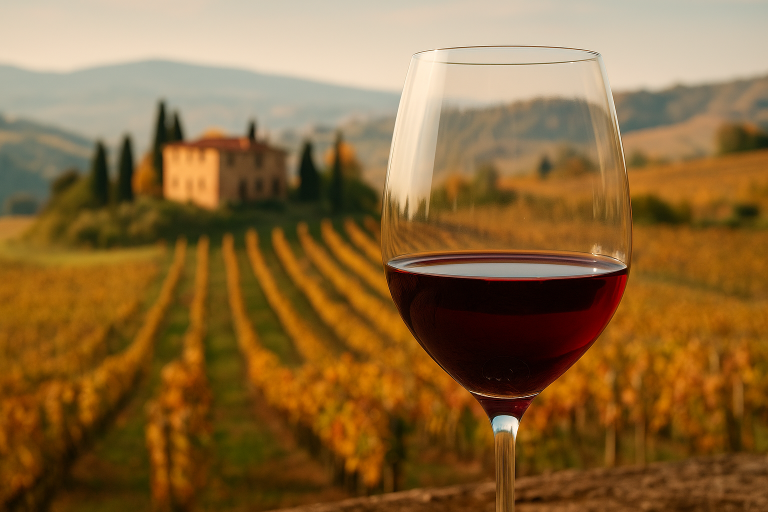Rich, sun-drenched, and full of Mediterranean soul, Nero d’Avola is the beating heart of Sicilian red wine. Known for its deep color, lush fruit, and bold personality, it perfectly embodies the island’s warmth and character. Often compared to Syrah or Cabernet Sauvignon for its richness, Nero d’Avola manages to remain unmistakably Sicilian — rustic, generous, and full of life.
A Brief History
The story of Nero d’Avola stretches back centuries, rooted deeply in Sicily’s ancient winemaking tradition. The name translates to “the black grape of Avola,” a reference to the small town of Avola in southeastern Sicily, near Syracuse, where the varietal likely originated. Its dark-skinned grapes and intense flavor quickly made it one of the most important indigenous varieties on the island.
For much of history, Nero d’Avola was used as a blending grape, prized for its ability to add color and body to lighter wines from mainland Italy. But in the latter half of the 20th century, a new generation of Sicilian winemakers recognized its potential for greatness. Through careful vineyard management and modern winemaking, they began producing 100% Nero d’Avola wines that captured the essence of Sicily’s terroir — bold, ripe, and complex.
Today, Nero d’Avola is celebrated as Sicily’s signature red grape, enjoyed both as a varietal wine and in blends that highlight its depth and versatility.
Where It’s Grown
Nero d’Avola thrives in Sicily’s sun-soaked climate, where hot days and cool coastal breezes help the grapes ripen fully while maintaining freshness. The best examples come from the island’s southern and central regions:
- Southeast Sicily (Noto & Pachino): Produces structured, concentrated wines with dark fruit and minerality.
- Western Sicily (Agrigento & Marsala): Known for softer, rounder styles with rich plum and spice notes.
- Central Sicily (Caltanissetta & Enna): Offers balanced, elegant versions with refined acidity and herbal complexity.
Beyond Sicily, small plantings can be found in California, Australia, and Malta, but none match the distinctive intensity of those born in Sicilian soil.
Tasting Notes
Nero d’Avola is typically full-bodied with medium to high tannins and moderate acidity. Its flavor profile bursts with black cherry, plum, and blackberry, often layered with spice, licorice, and dried herbs. Many examples display hints of chocolate, tobacco, or leather, adding savory depth.
Younger wines tend to be vibrant and juicy, perfect for everyday enjoyment, while aged or barrel-matured versions reveal greater complexity — dark fruit intertwined with balsamic, earthy, and smoky undertones.
Serve slightly below room temperature (around 60–65°F) to highlight its balance of fruit and spice. Nero d’Avola pairs beautifully with grilled meats, lamb, eggplant parmesan, pasta alla Norma, and aged cheeses, echoing the flavors of Sicilian cuisine.
The Essence of Nero d’Avola
Nero d’Avola is Sicily in a glass — bold yet welcoming, intense yet soulful. It’s a wine that tells a story of sunshine, sea breezes, and volcanic soil; a story of tradition meeting modern artistry.
Whether poured alongside a rustic Italian meal or savored on its own, Nero d’Avola embodies the island’s passion and resilience. With every sip, it reminds us that the best wines are those that speak not only of their grapes, but of the place — and the people — that bring them to life.








One Comment